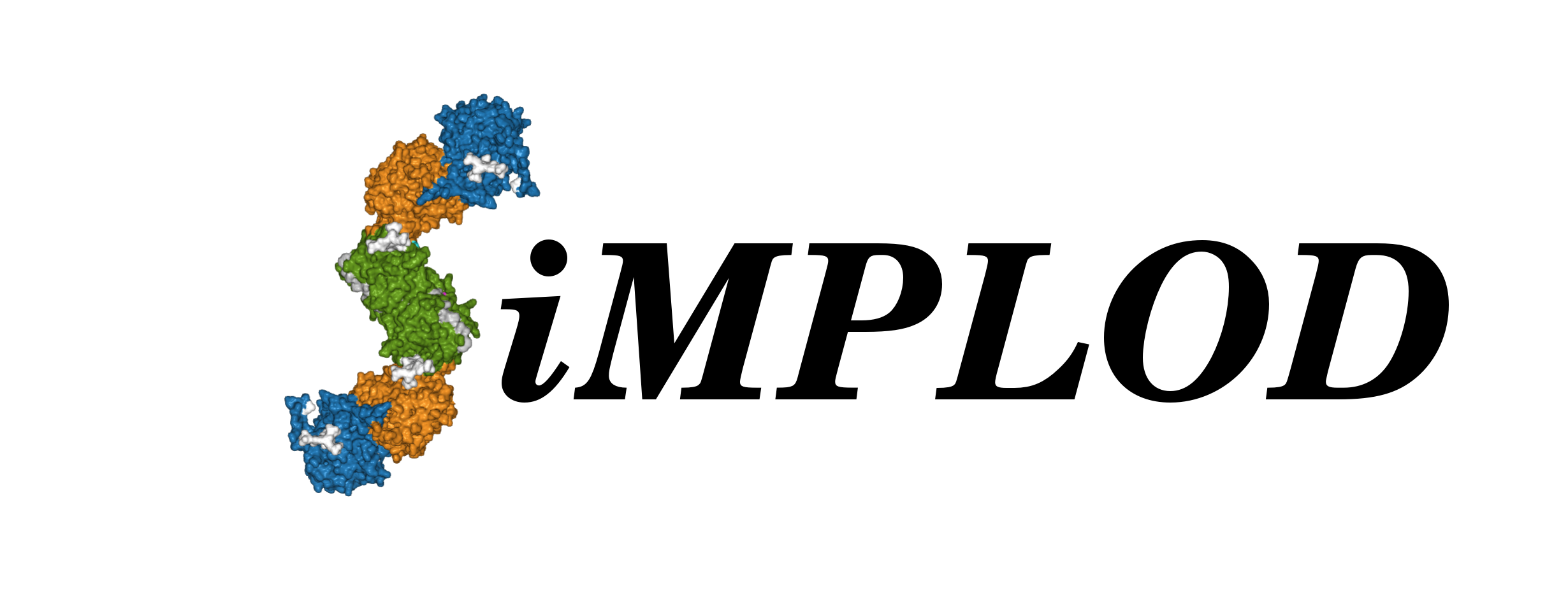 About
Contact
References
Structures
Adv. Search
Stats
Demo
About
Contact
References
Structures
Adv. Search
Stats
Demo
| LH1 GLN327END | ||
| SiMPLOD ID |
SiMPLOD1-87 | |
| Isoenzyme |
Lysyl Hydroxylase 1 (human) - UniProt - Full Info | |
| Nucleotide mutation |
PLOD1 NM_000302.2:c.979C>T - NCBI RefSeq NCBI ClinVar: 561087 |
|
| Mutation type |
Pathogenic | |
| LOVD |
c.979C>T | |
| Disease Phenotype |
Kyphoscoliotic Ehlers-Danlos Syndrome (Type VIa) Link1 Link2 | |
| Clinical Databases |
OMIM: 225400 Orphanet: ORPHA:1900 ICD-10: Q79.6 MeSH: C536198 | |
| Evidence at protein level |
Warning: this variant incorporates a premature truncation of the aminoacid sequence at residue 327, and may result in misfolding and/or complete absence of the enzyme. This variant is EXTREMELY UNLIKELY to be compatible with a folded LH enzyme. The representation shown in the structure viewer is therefore for mere display purposes and does not refer to an actual predicted existing protein product. |
References |
Yeowell et al., 2000 - DOI - PubMed | Notes from publications |
Screening PLOD1 cDNA in fibroblast from Ehlers-Danlos syndrome type VI (EDS VI) patients Yeowell et al. identified four novel disease causing mutations. Among these, the point mutation c.1003C>T in exon 10 (c.979C>T) was predicted to produce the premature termination codon Gln327end. |
| Structural Observations |
||
| Related Entries |
SiMPLOD1-134: LH1 dupl326-585;TYR455THRFS (Pathogenic) SiMPLOD3-535: LH3 VAL337VAL (SNP) | |
| Last Update |
2021-06-23 08:38:51 | |
|
The three-dimensional visualization is currently based on the homology model of full-length, dimeric human LH1 (generated using the crystal structure of full-length human LH3 as template). You may select a different PDB model file to visualize the mutation(s) using the drop-down menu below (page will refresh): |
||
Thank you for using SiMPLOD - Created by Fornerislab@UniPV Follow @Fornerislab - Last curated update: 1970-01-01 00:00:00
We truly hate messages and disclaimers about cookies and tracking of personal info. But don't worry, we don't use any.